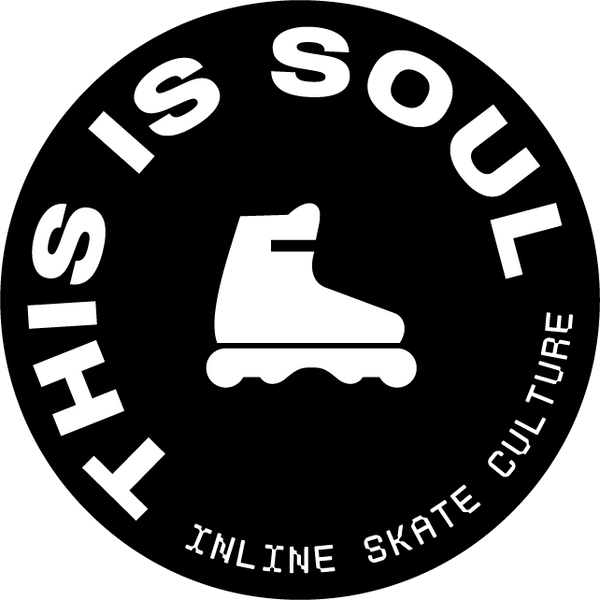
Proper Inline Skating Position
Many beginners make the mistake of standing up straight. In this post, we'll explore the best position for inline skating and its benefits.
Explaining the Skate Position
The correct skate position involves positioning your knees over your toes and your shoulders over your knees.
It's important to avoid wearing a backpack, as it can throw off your balance. Instead, consider wearing a hip bag alternative. A
dditionally, ensure that your skates are in good condition and tight enough to provide control.
Safety
The most important reason for adopting the skating position is safety. By keeping your body lower to the ground, you reduce the impact of falls and lessen the risk of injury. If you feel scared or out of control, simply put one knee on the ground to steady yourself.
Learn more about this falling techniques in this blog post:
https://www.thisissoul.com/blogs/skate-lessons/how-to-start-inline-skating-first-time
Surfaces
It's crucial to only adopt the skating position on good surfaces. Otherwise, you may need to use the scissor technique to avoid tripping or falling.
Other Reasons The skating position is also beneficial for speed and tricks. By keeping your body low, you can increase your speed and maneuverability on the skating surface.
Speed!
When you're lower to the ground, you can achieve higher speeds. This is because there is less air resistance and more control over your movements.
Tricks
The skating position is essential for performing tricks. When entering a trick, always start with the skate position and maintain it throughout the maneuver. You should also exit the trick in the skating position. For instance, dropping in is entirely dependent on the skating position and is an easy trick to learn.
In conclusion, the proper skating position is crucial for safety, speed, and tricks. By keeping your body low to the ground and maintaining the correct posture, you can enjoy a fun and safe inline skating experience. Remember to only skate on good surfaces and use the scissor technique when necessary. Happy skating!
